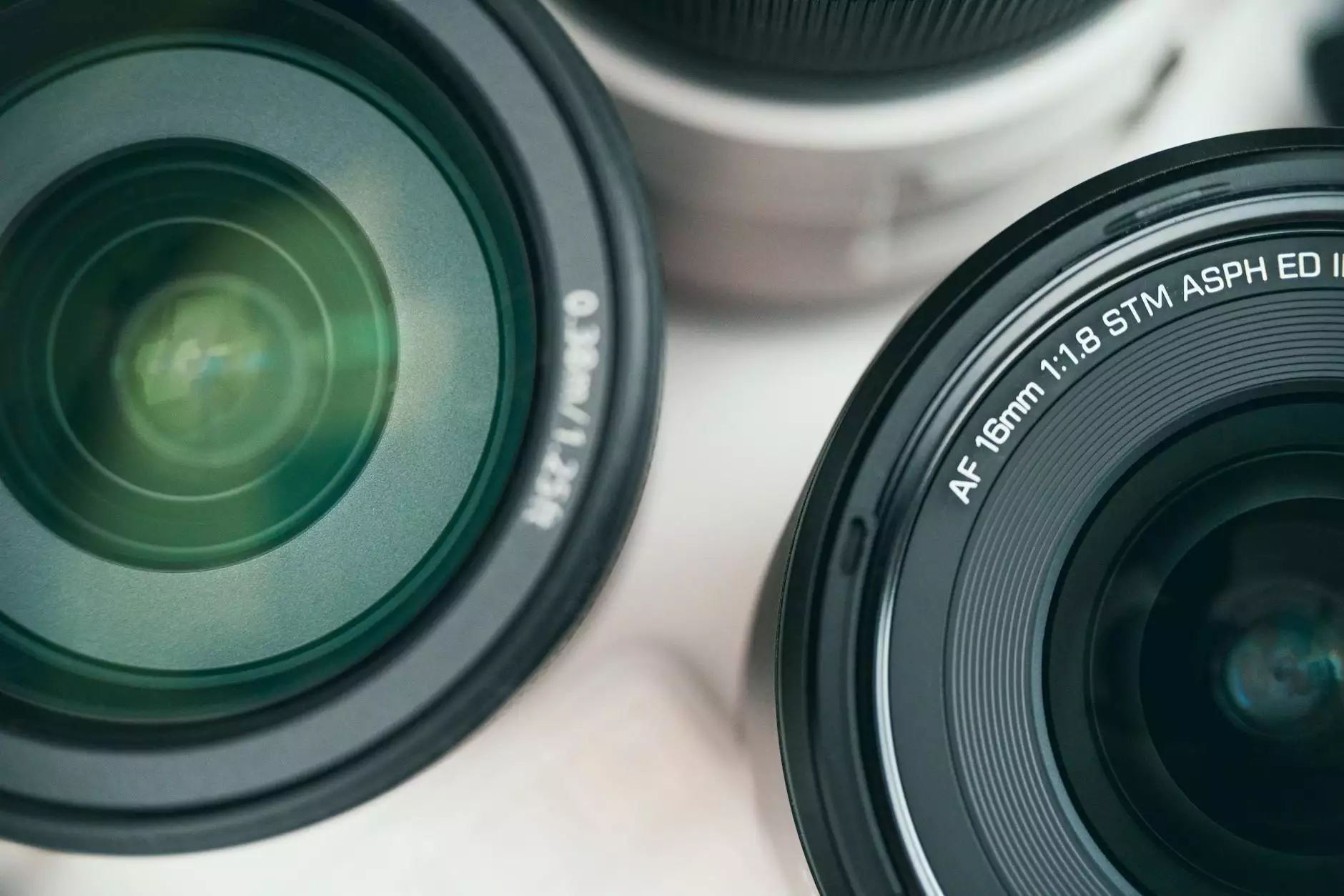Trailblazing Women Light Artists: Illuminating the Art World

In recent years, the art world has witnessed a significant shift towards embracing diversity and inclusion, giving rise to a wave of artistic talents who challenge norms and push boundaries. Among these innovative creators, women light artists stand out for their unique ability to manipulate light and space, transforming both public and private venues into stunning visual experiences. In this article, we delve into the world of women light artists, examining their contributions, impact, and the unique perspective they bring to the arts.
The Evolution of Light Art
Light art has evolved dramatically over the years, transcending traditional forms of artistic expression. Initially utilized in theatrical settings, light has transformed into a powerful medium for artists to convey emotions, narratives, and concepts. As we appreciate the work of women light artists, it's essential to understand the historical context of light art and the milestones that have shaped this genre.
The Historical Context
Light as an art form began gaining recognition in the late 1960s, with pioneers like Dan Flavin and James Turrell paving the way. However, the contributions of women light artists were often overlooked during these formative years. It wasn't until the 1980s and 1990s that women began asserting their presence in the light art scene, infusing their perspective and sensibilities into the medium.
Celebrating Women Light Artists
Today, women light artists are at the forefront of the art scene, driving innovation and creating breathtaking installations. They redefine their disciplines and open up new dialogues about the relationship between light and space. Below are prominent figures in this field, whose works deserve recognition and appreciation:
1. Grimanesa Amorós
One of the leading women light artists, Grimanesa Amorós, has made significant strides in the world of light art. Her installations blend technology, light, and communal narratives, creating immersive experiences. Amorós often draws inspiration from her Peruvian heritage, incorporating cultural symbols into her work. Through her use of LED technology, she brings to life stunning visuals that invite the audience to engage with the artwork on multiple levels.
2. Jen Lewin
Renowned for her interactive installations, Jen Lewin creates playful environments that invite viewer participation. Her work often involves large-scale projection and illuminated elements that respond to movement, blurring the lines between the art and the audience. Lewin’s installations, such as The Quadror, harness the interactive capabilities of technology, engaging people of all ages in a shared experience. Her dedication to creating inclusive art spaces makes her a standout in the realm of women light artists.
3. Ann Hamilton
With a focus on the interplay of light, space, and sound, Ann Hamilton creates multisensory environments that encourage contemplation. She utilizes light not only as an aesthetic tool but as a means of exploring themes of memory and perception. Hamilton's exhibitions often transform ordinary spaces into realms of reflection, showcasing her innovative approach to light as more than a visual element but a conduit for deeper understanding.
The Impact of Women Light Artists on Society
Women light artists not only enhance the visual landscape but also affect societal narratives. Their contributions raise essential questions about gender, identity, and community engagement. Here are a few ways they impact the art world and society:
A. Challenging Gender Norms
Women light artists often challenge traditional gender roles through their art. By becoming visible in a predominantly male industry, they create a platform for discussion about women’s roles in the arts. Their work emphasizes the importance of diversity in artistic expression, showing that inclusivity enhances creativity and innovation.
B. Community Engagement
Many women light artists engage with their communities through collaborative projects. They use their artworks to raise awareness about pressing social issues, such as climate change, migration, and cultural identity. This community-centric approach fosters dialogue, allowing viewers to connect with the themes presented in the artworks.
C. Educational Initiatives
Several women light artists are committed to education, offering workshops, lectures, and mentorship programs. They inspire the next generation of artists by sharing their skills and experiences. This transfer of knowledge helps to cultivate a more diverse artistic landscape for the future, encouraging young women to pursue careers in light art and beyond.
Exploring the Medium: Techniques and Technologies
The realm of light art is rich with various techniques and technologies that women light artists expertly manipulate to create compelling installations. Here, we explore some of the common methods employed in light art today:
1. LED Technology
LEDs have revolutionized the art of lighting due to their versatility, efficiency, and vivid colors. Artists like Grimanesa Amorós harness LED technology to construct massive installations that respond to viewers' movements and surroundings, fostering a dynamic interaction.
2. Projection Mapping
Projection mapping allows artists to project images or videos onto three-dimensional surfaces, creating an illusion of depth and motion. Jen Lewin uses this technique to transform ordinary objects and spaces into vibrant multimedia experiences that engage spectators in real-time.
3. Kinetic Light
Kinetic light involves movement in the artwork itself, often through physical mechanisms to create dynamic lighting effects. Artists combine mechanical components with light sources to construct immersive environments, drawing viewers into a unique sensory experience.
4. Natural Light Utilization
Some artists explore the effects of natural light, using architectural features to enhance their works. By considering the time of day and changing weather conditions, artists like Ann Hamilton create ephemeral pieces that evolve with their environment, reminding viewers of the passage of time.
Why Supporting Women Light Artists Matters
As we celebrate the remarkable contributions of women light artists, it is crucial to support their endeavors and promote their visibility. Advocacy for women in the arts can take various forms:
A. Platforms and Exhibitions
Creating more opportunities for women light artists to exhibit their works is vital. Galleries, museums, and art fairs should prioritize the representation of these artists to dismantle barriers and encourage wider recognition.
B. Funding and Grants
By providing grants and funding specifically designed for women artists, organizations can empower them to pursue ambitious projects that may otherwise be unattainable. Financial support can lead to groundbreaking work that pushes the limits of what light art can achieve.
C. Community Building
Establishing networks for women light artists to share ideas, collaborate, and mentor each other can foster a sense of community that is crucial for growth and innovation in the field. Engaging in peer-to-peer support allows them to navigate challenges and celebrate successes together.
The Future of Women in Light Art
As we look to the future, the influence of women light artists is poised to grow even further. With technology advancing rapidly and more women entering the field, we can expect to see a proliferation of innovative works that challenge conventions and spark dialogue across communities. The impact of these artists is profound, illustrating the power of light not just as an artistic medium but as a voice for change.
Conclusion
Women light artists are illuminating the art world, contributing their voices, experiences, and innovative approaches to light and space. As we embrace their remarkable creations, let us commit to supporting their journeys, recognizing their invaluable role in shaping contemporary art. By championing the work of women light artists, we pave the way for a more inclusive and vibrant future in the arts—one that celebrates diversity and empowers all creators.









